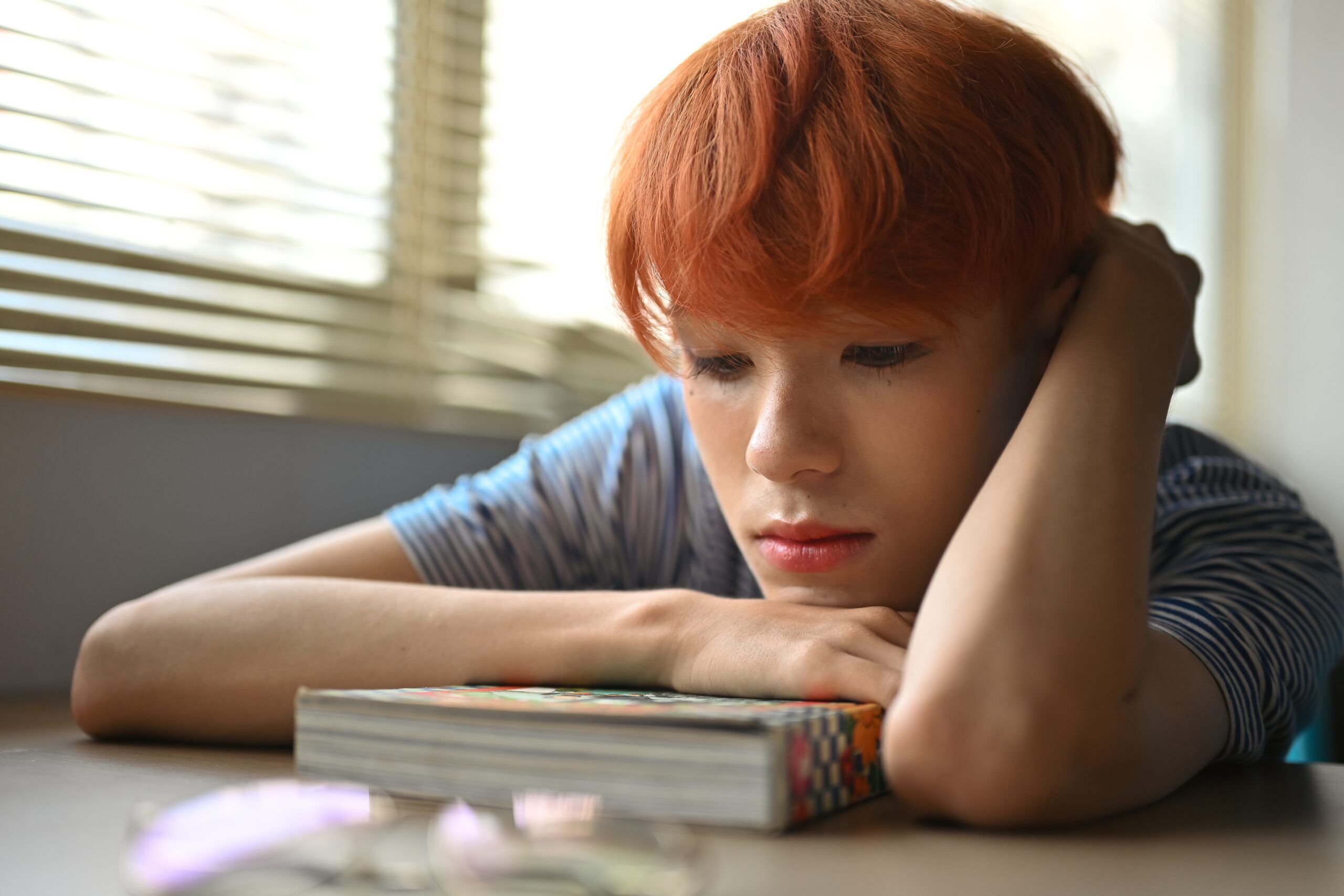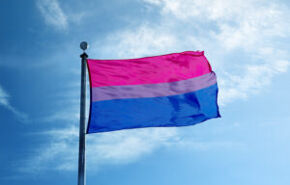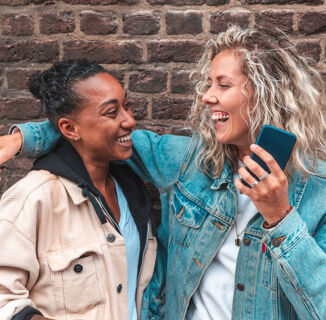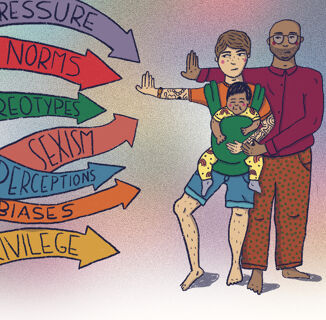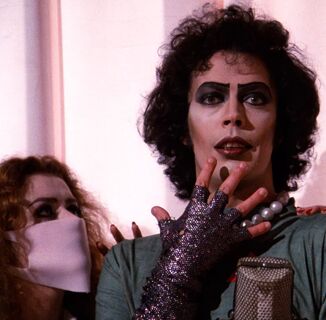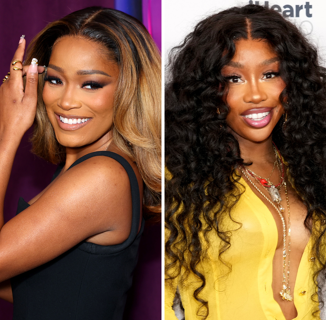Like any diverse group, the LGBTQ+ community is rich with other intersectional identities. That includes those who are both queer and disabled, and a new report sheds light on the unique challenges that demographic faces.
The Human Rights Campaign’s 2024 Disabled LGBTQ+ Youth Report surveyed approximately 3,100 LGBTQ+ youth ages 13-17 with disabilities, the majority of whom also identified as trans or gender-nonconforming. Its results give insight to their experiences at school, their home lives, and their hopes for the future.
Disabled queer youth feel less safe at school than queer youth overall, the study found, with 55% reporting feeling unsafe in at least one school setting compared to 46% of all LGBTQ+ youth.
Broken down further, half of disabled queer youth (50.2%) feel unsafe in school locker rooms, and a third (33.6%) feel unsafe in school bathrooms.
Culture, unfiltered
Twice a week, our newsletter will bring you the pulse of queer culture, from the tastemakers to the groundbreakers.
Trans disabled youth reported feeling more than twice as unsafe as their cisgender counterparts, at 61.2% versus 30.9%.
Related:
Gen Z is more likely to be LGBTQ than Republican, study shows
Politics and queerness often go hand in hand, and Gen Z is no exception.
That lack of safety comes in part from the intense bullying faced by queer disabled youth in schools. In the 30 days prior to taking the survey, more than 6 in 10 of the respondents (62.5%) had experienced verbal or physical harassment at school.
Meanwhile at home, queer disabled youth face rejection and acceptance from their parents in near equal measure. 68.3% of survey respondents said they had experienced at least one form of support for their LGBTQ+ identity from a parent, but 62.5% said they had experienced rejection.
Looking to their futures, many trans disabled teens have concerns about being out in the workplace after finishing school. Only half of respondents (50.9.%) think they’ll be able to be their authentic selves when applying for jobs, and three quarters (75.4%) are afraid they’ll face discrimination for their identities at work. That figure is even higher for trans and gender-nonconforming disabled youth at 81%.
“Disabled LGBTQ+ youth can face a series of challenges that are shaped by both their LGBTQ+ identities and disabilities,” reads the report’s conclusion. “Parents, caregivers, educators and youth-serving professionals must come together to meet the needs of disabled LGBTQ+ youth, and lawmakers must end the attack on LGBTQ+ kids in America.”
Related:
Most queer Americans are bisexual, new study finds
LGBTQ+ identity nearly doubles from generation to generation, with Gen Z the queerest of them all.
Help make sure LGBTQ+ stories are being told...
We can't rely on mainstream media to tell our stories. That's why we don't lock our articles behind a paywall. Will you support our mission with a contribution today?
Cancel anytime · Proudly LGBTQ+ owned and operated
Read More in Culture
The Latest on INTO
Subscribe to get a twice-weekly dose of queer news, updates, and insights from the INTO team.
in Your Inbox

